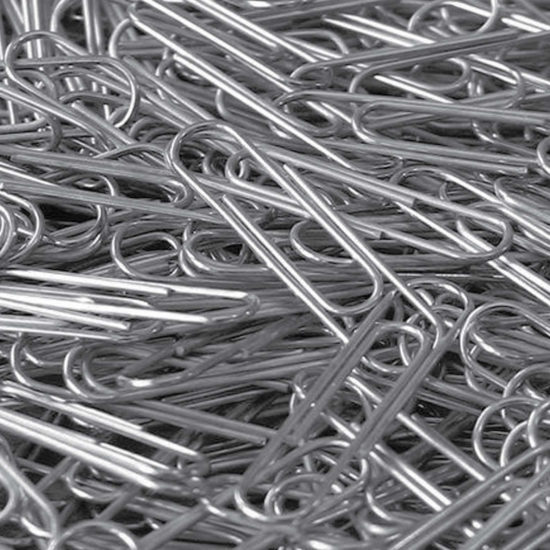
The key to survival is preparation, and the consummate prepper is well aware of Sta-Bil, the fuel additive that allows users to store gasoline for a year or more to prevent its highly-refined molecular structure from breaking down and losing octane. The same type of precautions need to be taken to extend the shelf life of food, whether they’re canned or dried.
No matter how much food you stockpile, it will ultimately run out. These three tips will help preserve what you have for as long as possible, and provide renewable sources of food regardless of living conditions.
Low Humidity, Low Temperatures
There are two things that can spoil any food: heat and moisture. Hot, humid environments are ideal for bacteria, yeast, and other microbes to thrive. Autolytic spoilage (i.e. browning of apples, bread mold, etc.) is also hastened by these conditions.
Those living in Midwestern and New England states should store their food stashes in the coolest, driest spot in the house. The basement is ideal, coupled with a dehumidifier. Those who live in states that typically don’t have basements in homes (such as Arizona or Nevada) should pick a room and block out all sunlight. Use roman shades to block out the sun completely, while still allowing the option to open them if needed.
Add oxygen-absorbing packets to dried foods in jars and bags, particularly jerky, cereals, and dehydrated fruits. These packets should also be placed in vitamin and medicine bottles.
Other Self-sufficiency and Preparedness solutions recommended for you:
The Lost Ways (The vital self-sufficiency lessons our great grand-fathers left us)
Survival MD (Knowledge to survive any medical crisis situation)
Backyard Liberty (Liberal’s hidden agenda: more than just your guns…)
Alive After the Fall (Build yourself the only unlimited water source you’ll ever need)
The Lost ways II (4 Important Forgotten Skills used by our Ancestors that can help you in any crisis)
The Patriot Privacy Kit (Secure your privacy in just 10 simple steps)




















